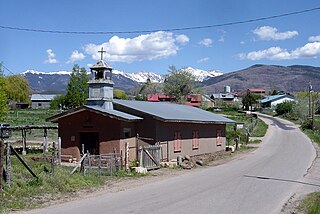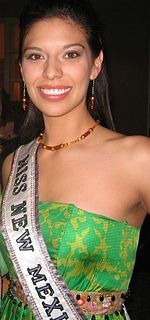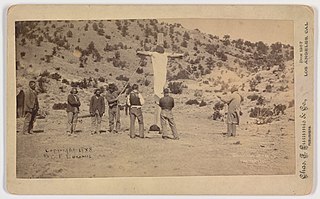 W
WBreaking Bad is an American neo-Western crime drama television series created and produced by Vince Gilligan. The show aired on AMC from January 20, 2008, to September 29, 2013, consisting of five seasons for a total of 62 episodes. It was set and filmed in Albuquerque, New Mexico, and tells the story of Walter White, an underpaid, overqualified, and dispirited high school chemistry teacher who is struggling with a recent diagnosis of stage-three lung cancer. White turns to a life of crime, partnering with his former student Jesse Pinkman, by producing and distributing crystal meth to secure his family's financial future before he dies, while navigating the dangers of the criminal underworld. According to Gilligan, the title is a Southern colloquialism meaning "to raise hell".
 W
WThe 56-mile (90 km) High Road to Taos is a scenic, winding road through the Sangre de Cristo Mountains between Santa Fe and Taos.. It winds through high desert, mountains, forests, small farms, and tiny Spanish Land Grant villages and Pueblo Indian villages. Scattered along the way are the galleries and studios of traditional artisans and artists drawn by the natural beauty. It has been recognized by the state of New Mexico as an official Scenic Byway.
 W
WA kachina is a spirit being in the religious beliefs of the Pueblo peoples, Native American cultures located in the south-western part of the United States. In the Pueblo cultures, kachina rites are practiced by the Hopi, Zuni, Hopi-Tewa, and certain Keresan tribes, as well as in most Pueblo tribes in New Mexico.
 W
WA luminaria or farolito is a small paper lantern which is of significance in the U.S. state of New Mexico in southwest United States at Christmas time, especially on Christmas Eve. They are also used in Hispanic culture. These paper lanterns have to some extent replaced the older tradition of the vigil fire luminaria with which they became confused.
 W
WThe Miss New Mexico competition is the pageant that selects the representative for the state of New Mexico in the Miss America pageant.
 W
WThe Miss New Mexico USA competition is the pageant that selects the representative for the state of New Mexico in the Miss USA pageant. It is directed by Laura's Productions based in El Paso, Texas.
 W
WNew Mexican cuisine is the cuisine of the Southwestern US state of New Mexico, the region is primarily known for its fusion of Pueblo Native American cuisine with Hispano Spanish and Mexican cuisine originating in Nuevo México.
 W
WThe New Mexico Department of Cultural Affairs is a state agency of the New Mexico government. Created in 2004, the department oversees the state museum, monument, art, library, heritage preservation, and archaeology programs.
 W
WNew Mexico music is a genre of music that originated in the US State of New Mexico, it derives from the Pueblo music in the 13th century, and with the folk music of Hispanos during the 16th to 19th centuries in Santa Fe de Nuevo México. The style went through several changes during pre-statehood, mostly during the developments of Mexican folk and cowboy Western music.
 W
WThe New Mexico State Fair is an annual state fair held in September at Expo New Mexico in the city of Albuquerque, New Mexico, U.S.A. The event features concerts, competitions, rodeos, carnival rides, games, farm animals, horses, agriculture and art. The Tingley Coliseum is on the fairgrounds.
 W
WLos Hermanos de la Fraternidad Piadosa de Nuestro Padre Jesús Nazareno, also known as Los Penitentes, Los Hermanos, the Brotherhood of our Father Jesus of Nazareth and the Penitente Brotherhood is a lay confraternity of Spanish-American Catholic men active in Northern and Central New Mexico and southern Colorado. They maintain religious meeting buildings, which are not formal churches, called moradas.
 W
WPueblo pottery are ceramic objects made by the indigenous Pueblo people and their antecedents, the Ancestral Puebloans and Mogollon cultures in the Southwestern United States and Northern Mexico. For centuries, pottery has been central to pueblo life as a feature of ceremonial and utilitarian usage. The clay is locally sourced, most frequently handmade, and fired traditionally in an earthen pit. These items take the form of storage jars, canteens, serving bowls, seed jars, and ladles, serving the needs of daily life. Some utility wares were undecorated except from simple corrugations or marks made with a stick or fingernail, however many examples for centuries were painted with abstract or representational motifs. Some pueblos made effigy vessels, fetishes or figurines such as Cochiti Pueblo. During modern times, pueblo pottery was produced specifically as an art form to serve an economic function. This role is not dissimilar to prehistoric times when pottery was traded throughout the Southwest, and in historic times after contact with the Spanish colonialists.